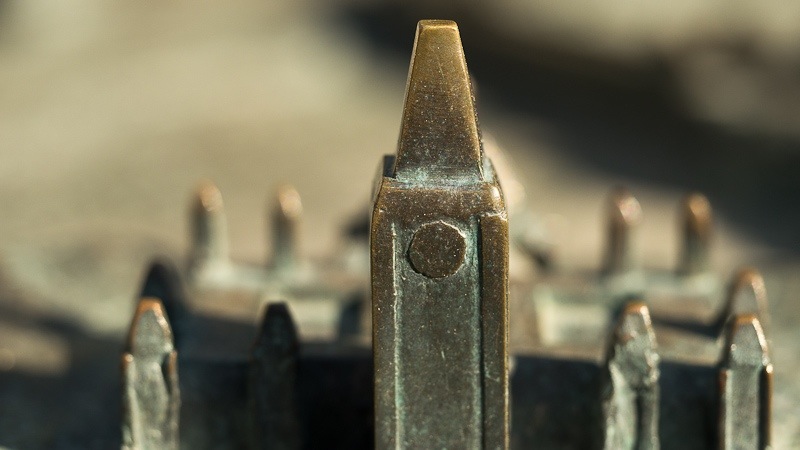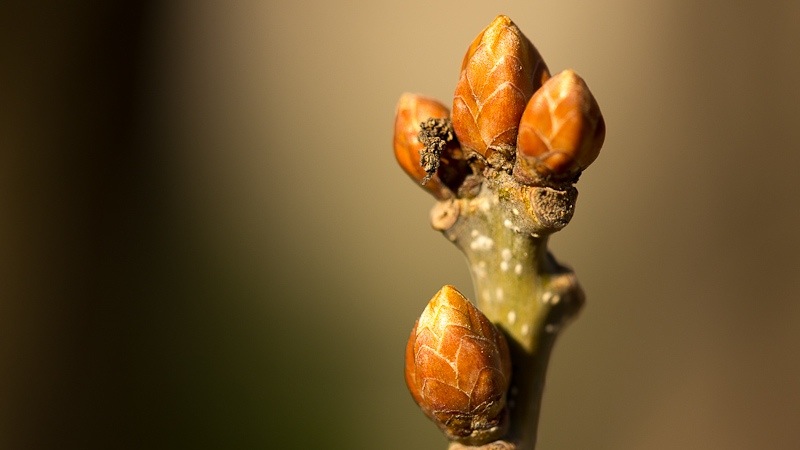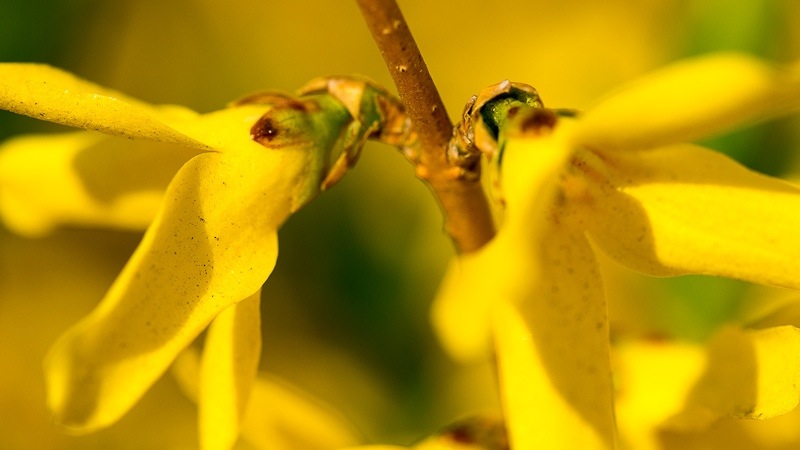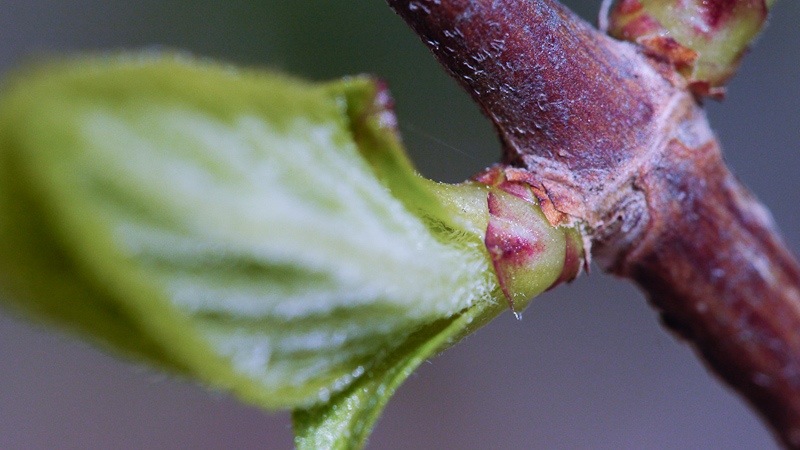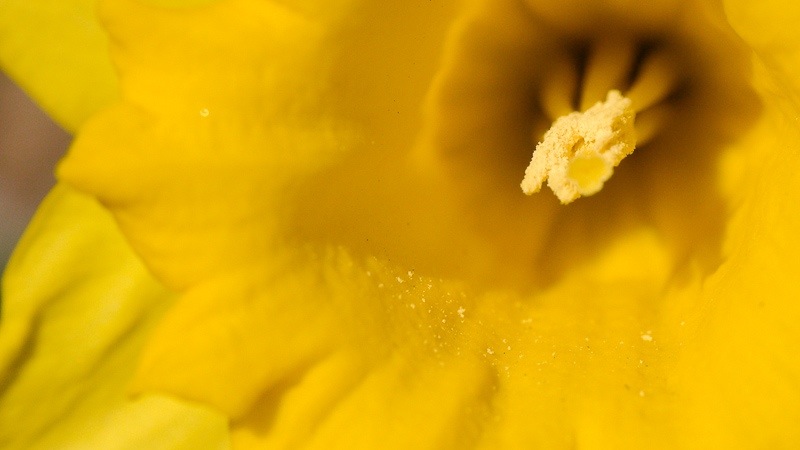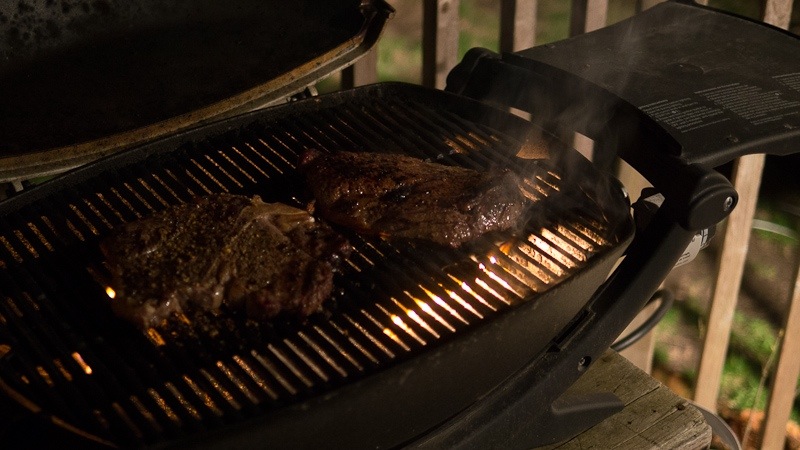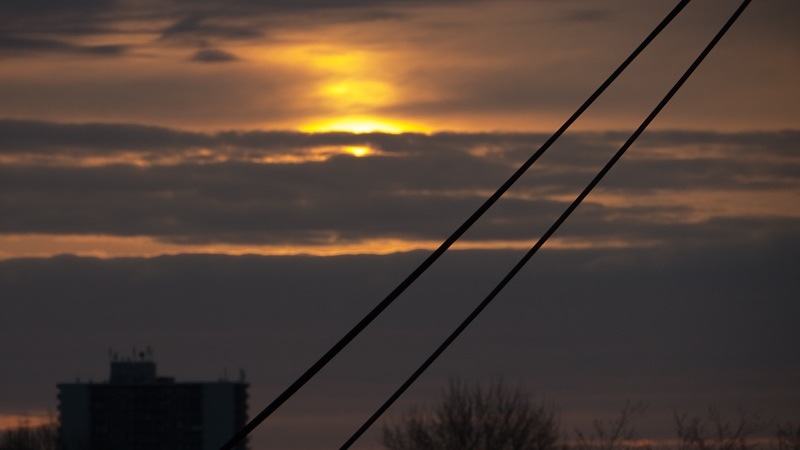The emergence of an impersonal economic structure remains the core of the intellectual construct of “modernity”. I say “impersonal” since historians see this as the creation of forces that undermined the highly personal sociological framework of the family. But how did these forces operate in the real world? John Padgett and Paul McLean analyze the extensive archives and written records from 15th century Florence, a hub of international trade. It is in Florence that we see the necessity for the development of the requirements for extra-familiar interactions, in this case, letters of credit and exchange, in order to fuel long distance trade. Already innovative with the creation of techniques such as double-entry bookkeeping, Florentine financiers are the subject of this inquiry. What was the interaction between creditors and debtors from a financial perspective, and what does this tell us about the connection between sociology and economics in this early period: specifically, how does this issue fit within the larger framework of economic philosophy? According to the authors: Were impressive early capitalist business techniques really signs of a teleological breakthrough of the market from its traditional social shackles, as the master narrative of modernization would have it? Or instead were economic relations in the market embedded in, and hence reflective of, the surrounding social and political networks of the time, as anthropologically oriented historians have argued?
Excellent research on a fascinating topic that shows, among other things, the deep economic connections between the economy of Florence, the Tuscan countryside, and international exporters/importers. Using evidence that includes letters of credit and the actual accounting entries, the authors provide a surprisingly comprehensive analysis of a large percentage of quantitative data on commercial credit of both silk and wool manufacturers and their creditors in Florence in 1427 (using data from the tax census – catasto) and the connection between these credits and the various social relationships among these entities.
More here from JSTOR.


